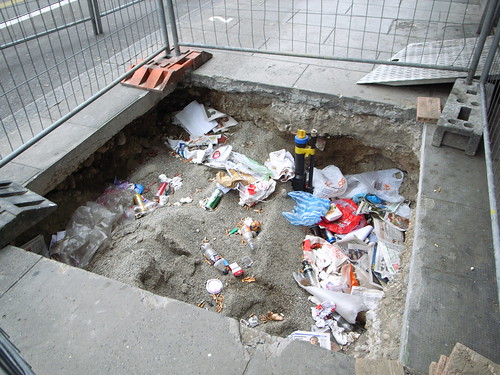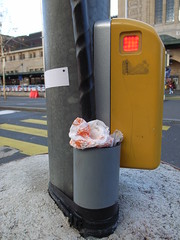Mobile gaming - the troubled teenage years by Stuart Dredge (Receiver #17, end of 2006) offers an interesting perspective on mobile gaming in Europe. First about figures, the authors describes the mobile gaming situations as a teenage troublesome period: "According to industry analyst M:Metrics, 4.2% of UK mobile users downloaded a mobile game in August this year. This figure was 2.6% in Germany, 4.8% in Spain, and just 1.1% in France".
To understand the situation, he looks at "what traits characterised mobile gaming's infancy" and sums it up with the concept of "familiarity": the fact that mobile phone users were provided with retro-games (tetris, pacman...). They proved to be popular because they appeared as safer choices on operator portal and websites (than unknown new games). From the user experience point of view also:
" Creatively speaking, there is another reason why these retro games are so well suited to mobile. They have simple 2D graphics and constrained playing areas, which work well on a small mobile screen, and also four-way digital movement, which suits the mobile keypad. Pac-Man and Tetris are not just familiar to users, their gameplay experience does not disappoint when translated to a phone, in stark contrast to some attempts to port modern-day console games with their 3D graphics and analogue controls."
This is extremely interesting, especially given than lots of energy is devoted to creating 3D stuff on tiny screens.
Then the article deals with the near future and what is needed:
"Developers are focusing on creatively working within the restrictions of mobile phones, taking inspiration from the simple gameplay mechanics of the retro games, while creating new and original IP for mobile. (...) All these games use mobile's constrained screen and less-than-ideal controls as a strength rather than a weakness. (...) there's also a need for mobile to find its wings as a gaming platform, with developers figuring out how to create games that make even more use of the singularities and strengths of mobile handsets. In the developed world, most mobile phones sold today have cameras inside, for example. By definition, they are connected – both through GPRS or 3G connections, through short-range wireless technologies like Bluetooth and in an increasing number of new handsets, Wi-Fi too. Operators can track a handset's location using its Cell ID, and handsets are beginning to appear with GPS chips inside too. All of these features can in theory be used for gaming. In practice, there have been severe technical challenges to developers tapping into them in the past, but these are being solved as users upgrade to newer phones. (...) An extension of this connectivity – and an area that Microsoft is also focusing on – is cross-platform gaming. This could be a mobile phone user playing chess against someone on their PC or interactive TV, for example (...) Finally, there's location."
And he also has a good point saying that "should not take away from the fact that millions of mobile gamers will continue to play Tetris, Monopoly and even Snake, no matter how sophisticated their handset is". There are different users, with different needs and interests. Why do I blog this? some good elements here about the opportunities in mobile gaming, that resonates with the talk I did last week in Barcelona about the very topic.








 (Picture from "
(Picture from "









 (Picture courtesy RFID Journal)
(Picture courtesy RFID Journal)